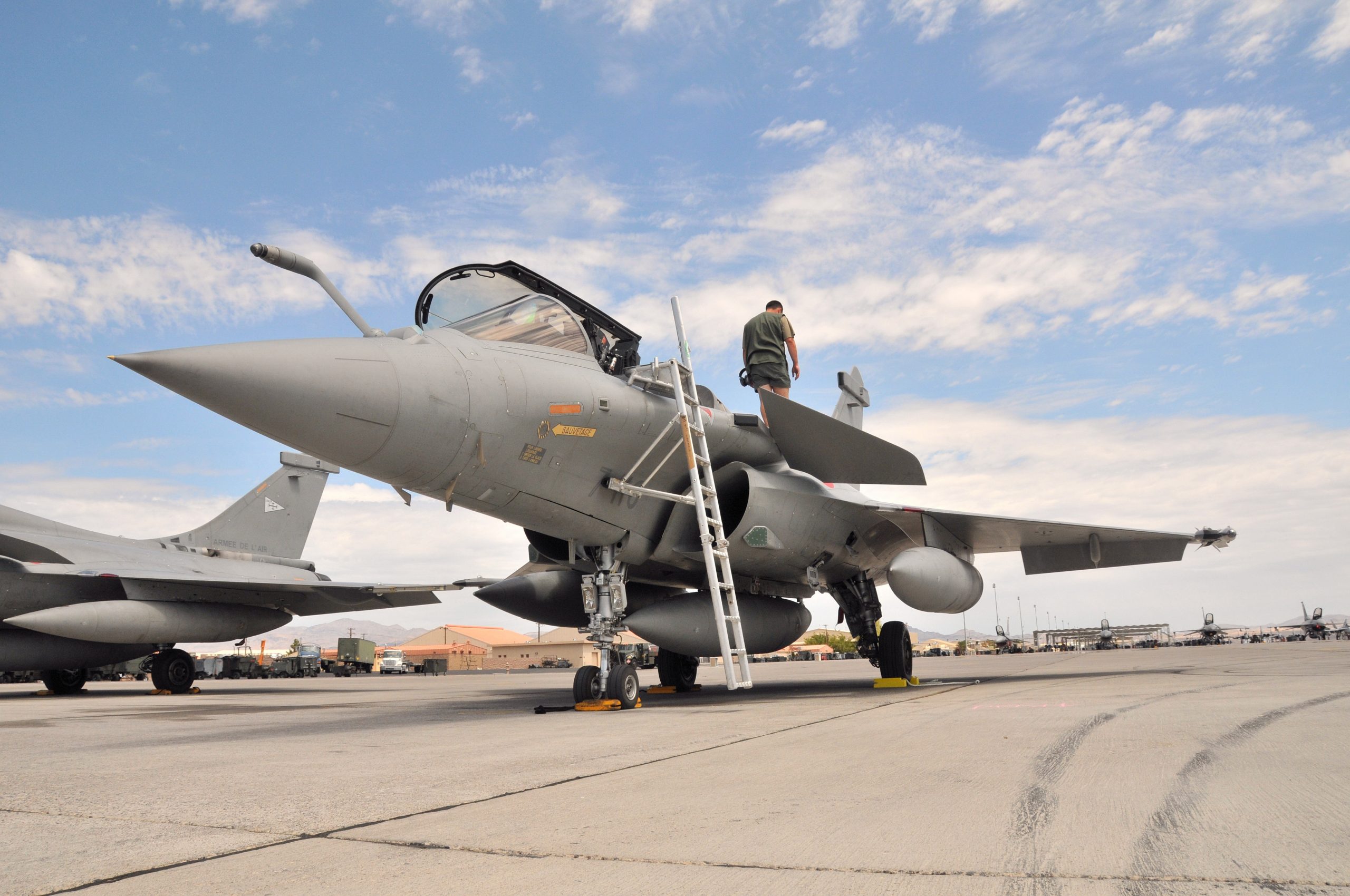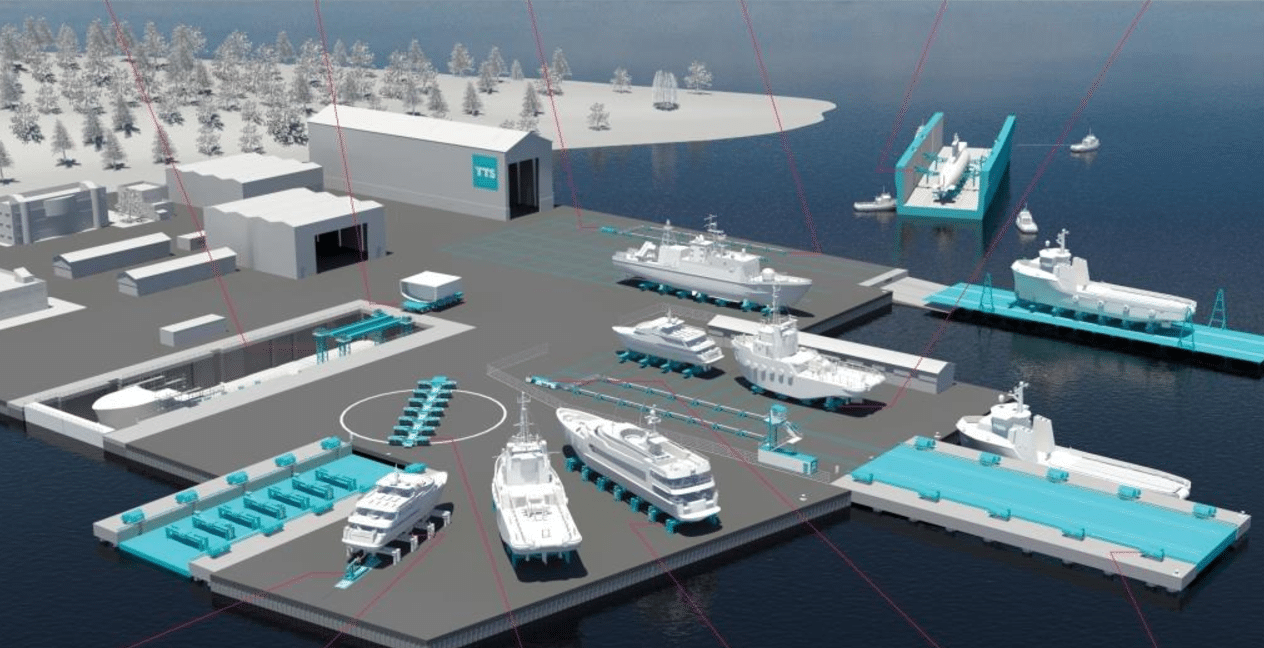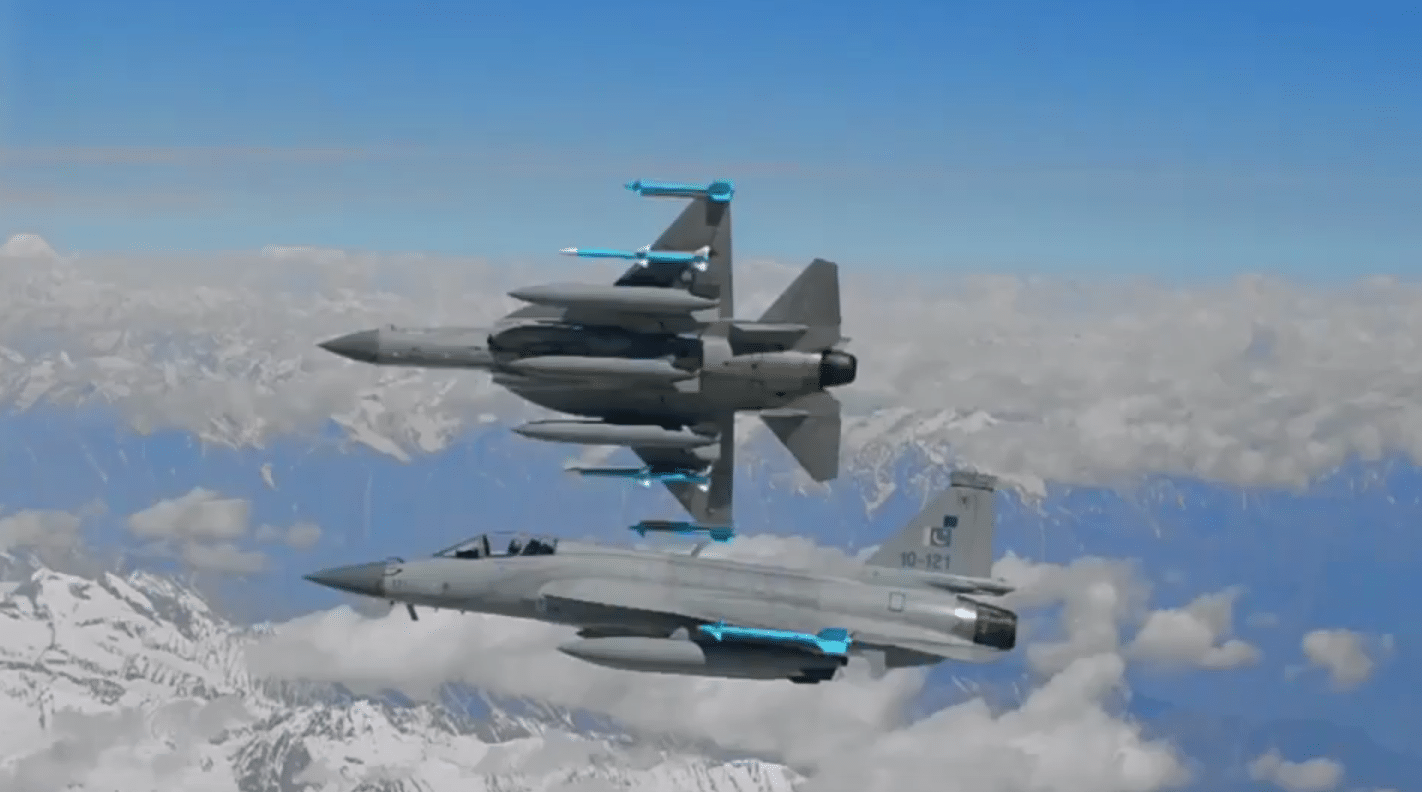21Views 136Comments

India and France finalize Rafale deal
After a series of requirements shifts and protracted negotiations, India and France have finalized an $8.8 billion U.S. purchase for 36 Dassault Rafale multi-role fighters.
In addition to the 36 fighter aircraft, the Indian private sector will also receive nearly $4.5 billion U.S. in commercial offset investments from France. The package also includes weapons as well as spare parts and other maintenance/logistical necessities.
Once inked, India will become Dassault’s third export customer to acquire the Rafale, and this deal will serve to maintain Dassault’s enduring relationship with the Indian Air Force (IAF) well into the future.
In some ways, the commercial offset clause may be a more pivotal aspect for India, more so than the planes themselves, especially in the long-term. This deal opens the way forward for France’s various defence vendors, such as Thales Group and Safran Group, to make substantive investments in India’s defence industry.
In turn, the entry of these firms will hasten the rising stature of India’s promising private sector and infuse high-value expertise in areas such as radar and turbofan development, to name a few. Moreover, the IAF will likely procure additional Rafales in the future, and it is plausible to suggest that later batches could be produced in India. Dassault may also be interested in pushing its fortunes with the Indian Navy as well – marketing the Rafale for use on India’s next wave of aircraft carriers.
The deal is expected to be inked within three weeks, the first aircraft will be delivered after 18 months. With the medium-weight requirement essentially resolved, the IAF will likely move its focus towards shoring up its lightweight fighter, the Tejas. Hindustan Aeronautics Limited (HAL) is in touch with Saab over the prospect of developing a new variant of the fighter.
It will be important to see how the IAF’s Rafale acquisition shapes the Pakistan’s procurement route. The central challenge is not the technology that India will receive (though it is a significant aspect), it already has access to comparable sub-systems and is on-track to incorporating them to its mainstay fighter, the Sukhoi Su-30MKI. But the Rafale is an excellent medium weight design, and it will serve to resolve the IAF’s long-term requirement for a fighter to sit between its heavyweight (Flanker) and lightweight (Tejas) fleets.
The Pakistan Air Force (PAF) will double-down the JF-17 Block-III program, perhaps elevate the sub-system requirements in terms of performance and capability. Plans will likely be chalked up for additional JF-17s (after the initial 150). But beyond depending upon the JF-17 program, the desire for a substantially more capable fighter-type may see more impetus. Unfortunately, the PAF will be constrained by Pakistan’s limited economic means and poor foreign relations currency.


